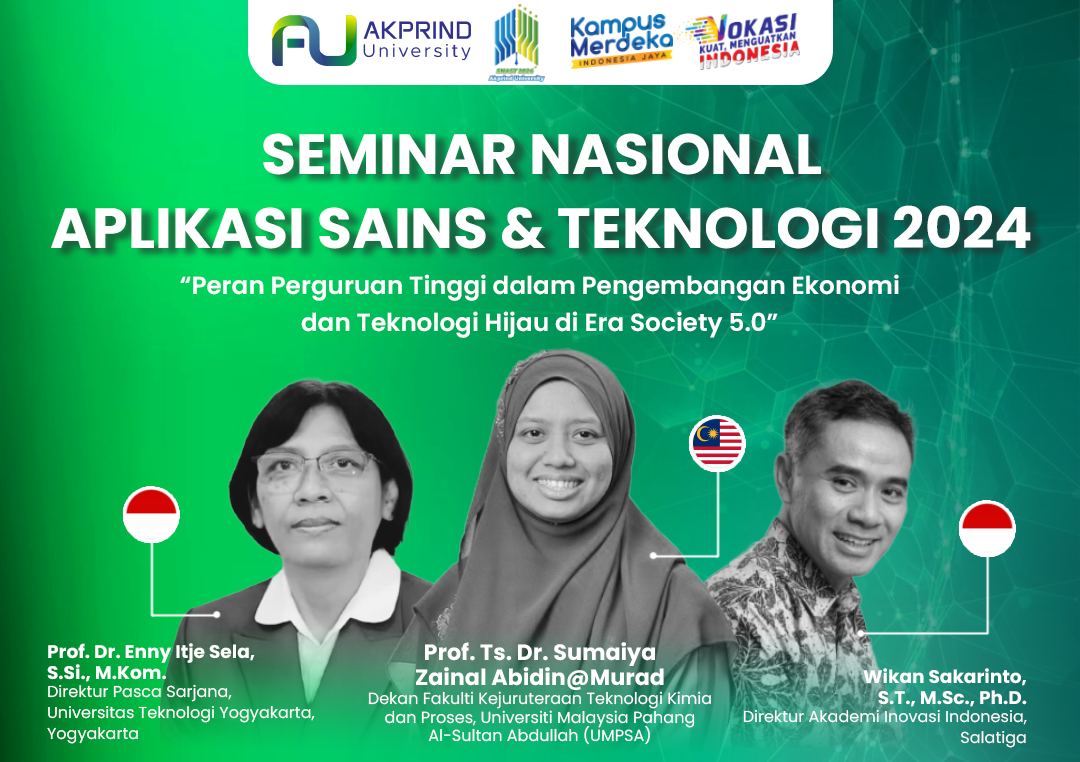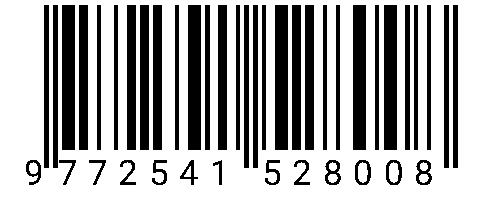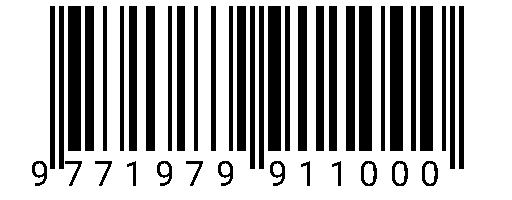ANALISIS EFISIENSI BOILER BERBAHAN BAKAR AMPAS TEBU DENGAN METODE LANGSUNG
DOI:
https://doi.org/10.34151/prosidingsnast.v1i1.4993Keywords:
bagasse, boiler, efficiency, direct methodAbstract
In the White Crystal Sugar processing industry from sugar cane plants, the boiler is the main station in the steam production process. The steam produced by the boiler is used for the sugar making process and also as a turbine driver for power plants. In the steam production process, PT GMM-BULOG Blora utilizes dregs from the sugar cane milking process or called bagasse to be used as boiler fuel. So the boiler is called Bagasse Boiler. In this study, an analysis of the efficiency of the PT GMM-BULOG Blora bagasse boiler was carried out to determine the actual performance of the bagasse boiler during operation during the 2024 sugar cane grinding season. The method used for this analysis is Direct Method Efficiency. In this direct method, the analysis is carried out by directly comparing the energy produced by the boiler with the amount of energy required for the combustion process. With the direct method, this study collected data including: steam capacity, steam temperature, feed water pressure, feed water temperature, amount of fuel, and fuel calorific value. From this study, the results of the analysis of the efficiency of the PT GMM-BULOG Blora bagasse boiler using the direct method were 61.1%, with an average consumption of bagasse fuel of 15.02 tons/hour, and an average steam production of 45.9 tons/hour. These results indicate that the bagasse boiler is working inefficiently because the standard efficiency of the bagasse boiler based on the boiler specifications from the manufacturer is 84.6% with the amount of steam produced being 60 tons/hour.
References
Aprilia, D., & Hardjono (2021). Penentuan Efisiensi Boiler Dengan Menggunakan Metode Langsung di PT. X Lumajang. Jurnal Teknologi Separasi: Distilat, 7, 421 – 426.
Bhargava, A. (2016). Wet Scrubber – Design of Spray Tower to Control Air Pollutants. Internasional Journal of Environmental Planning Development, 2, 68 – 73.
Hugot, E. (1986). HandBook of Cane Sugar Engineering. Third Edition. Amsterdam: Elsevier Science Publishers B.V.
Juliyanti, A., & Fitriani (2023). Analisa Perbandingan Penggunaan Bahan Bakar (Fiber & Shell) dan Air Pada Boiler ADVANCE 30 ton PT. Citra Sawit Lestari. Jurnal Elektrika Borneo (JEB), 9, 94 – 103.
Nugroho, G., Fuchoiroh, I., Mashuri, Subiyanto, H., & Wardhani, R. (2021). Analisa Ampas Tebu Sebagai Bahan Bakar Boiler Pada Produksi Gula Tahun 2018 di PG Krebet Baru II Malang. Jurnal AMORI, 2, 1, 59 – 63.
Pambudi, R. (2019). Utilitas di Pabrik Gula PT. Gendhis Multi Manis – BULOG Blora. Yogyakarta: Politeknik LPP Yogyakarta.
Pravitasari, Y., Malino, B. M., & Mara, N., M. (2017). Analisis Efisiensi Boiler Menggunakan Metode Langsung. Jurnal Prisma Fisika, V, 01, 09 – 12.
Rein, P., W. (2007). Cane Sugar Engineering. Berlin: BERTENS.
Shen C., Zhao Y., & Li Y. (2018). Design Of Steam Temperature Control System. Jurnal EndPress, Thermal Science, 2018, 1 – 6.
Sugiharto, A. (2020). Perhitungan Efisiensi Boiler Dengan Metode Secara Langsung Pada Boiler Pipa Api. Cepu: PPSDM MIGAS.
Teir, S., dan Kulla, A. (2002). Boiler Calculations.Helsinki University of Technology Departement of Mechanical Engineering: Espoo 2002.
Downloads
Published
Issue
Section
License
Copyright (c) 2024 Hendri Suryanto

This work is licensed under a Creative Commons Attribution-ShareAlike 4.0 International License.







